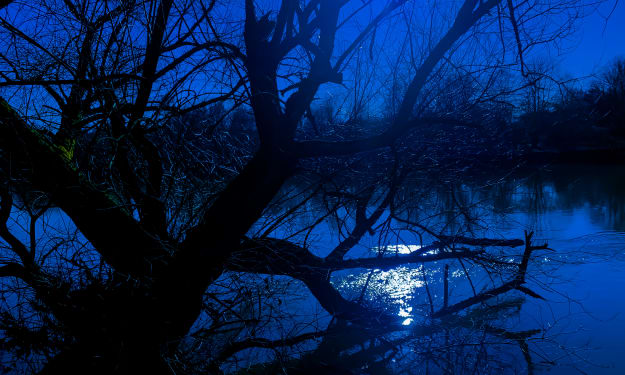Focusing on the Process to Hone Your Craft
Recently I read an article on Medium about focusing on the process rather than the outcome or intended result. I tried to find it again, and there seems to be a plethora of similar articles stretching back over the past few years.

The article was quite generic, not applying to anything specific, but rather serving as a general rule or theory to live life by: don’t get bogged down with the outcome, and put yourself under pressure to achieve a goal but instead focus on the journey to get there, and let the goal happen by a product of the successfully executed process.
While I agree in part (I still think you’ve got to have a goal, and keep half an eye on that), focusing on the process is something that can easily be applied to photography.
Rather than shoot off film without taking much notice of what I’ve actually done in the camera, I log my shots: where I was, the camera settings, the quality of light in the sky, etc. in a little book I carry around with me. I’ve done it for years with the Mamiya 645, but not yet with the pinhole.
When I get new film cameras now, I start a new log. I use little A6 moleskine paperback notebooks, and use one book per two cameras, starting them at either ends of the book.
For some cameras, this is really important, particularly if you’re controlling the different settings; for others, it’s less important as the settings are fixed (usually 1/60th @ f/8), but it’s the conditions that I’m interested in for future reference. Does the camera perform well indoors? Night time photography? Flash?
The first shot I took on the Sprocket Rocket was a self-portrait indoors under spotlights. I only remember this from the log. The result of the scan is a black blackness of blackity. I shan’t try that again.
I recently bought a job lot from eBay of three “working but not tested” cameras. One was missing a part, and the other two had sticky shutters. A tiny screwdriver head and some WD40 later, they were both fixed. (The camera with the missing part will just have to wait until I find a spare part on a completely trashed—and therefore cheap—version of the camera).
The first is a Fujipet EE 120, a point-and-shoot medium format camera made exclusively for the Japanese market in the late fifties/early sixties. It’s a simple beast—it has a shutter and nothing else—but I’m still interested in recording and analysing its performance in different situations.
Similarly, the Ilford Sporti, another sixties relic, had a shutter button (1/60th again), but also an aperture setting, changing it from f/9 to f/11, and a zone focus ring on the lens with close-ups, groups, and views as the options. Definitely need to record settings for that one to find out what works best. I may even record approximately how far away subjects are so I can tell whether the focus selection was correct.
It might seem quite processy, and like i'm taking the creativity out of the shot, but I think it combines creativity with continuous learning: I’m still composing the shot, getting the moment on film, and developing the story in front of me; I’m also just making sure I know what I did when I develop the film, and try to remember why something came out like it did—trial and error with £8 films that take 12 shots and cost £12-15 to develop and possibly print can be more cost effective if you learn quickly from previous experience.

“Sunset over wall in gdn”, as written in the notebook above

“Waterloo” from notebook

“Belton Steps” from notebook
More photos on Instagram: @sinamorphoto
About the Creator
David Romanis
David is a musician, photographer, father and food-lover. His passions and his stories come from experiences that lie therein. He also works in employee communications, which is how we earns money to pay for the aforementioned activities.






Comments
There are no comments for this story
Be the first to respond and start the conversation.